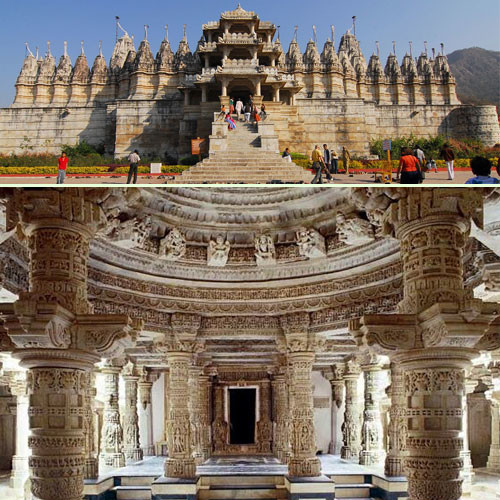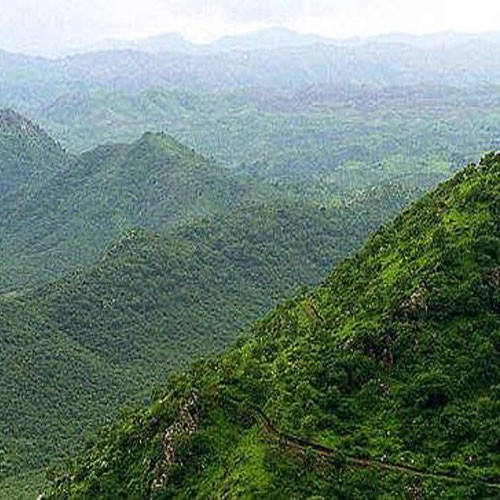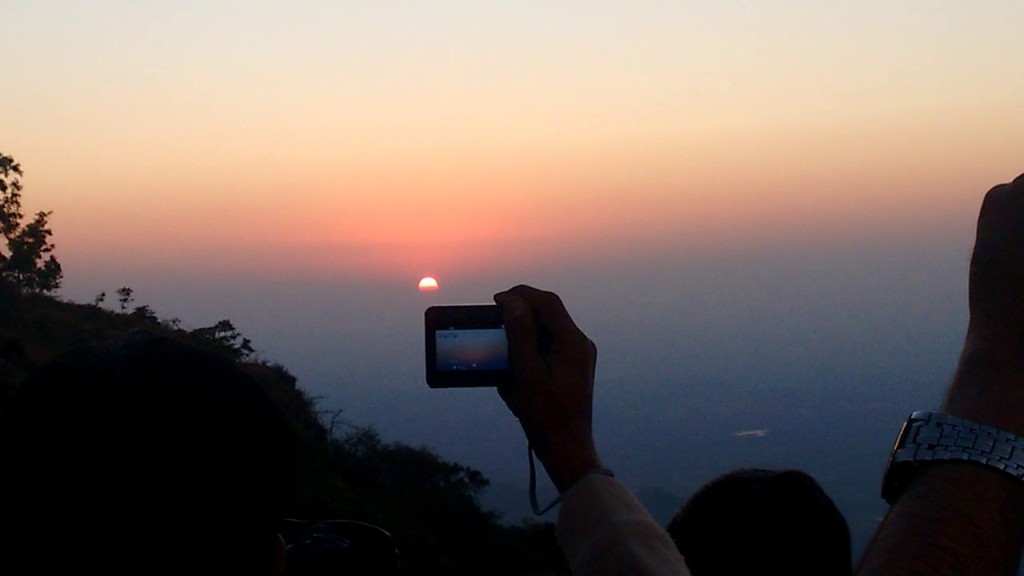Located near the Sirohi District, Mount Abu is the only hill station in Rajasthan. It lies in the Aravalli mountain range at an approximate elevation of around 1,220 meters above sea level, with its highest point being ‘Guru Shikhar’ which is at a height of 1,722 meters above sea level. Here are the eight places to visit in Mount Abu.
Dilwara Temples

Known for their architectural splendour and exquisite stone carvings, the Dilwara temples in Rajasthan are dedicated to Jain Tirthankars. Located about 2.5 km from Mount Abu.
Wildlife Sanctuary

The Forest located between the Aravalli mountain range was declared as a wildlife sanctuary in 1980 and covers an area of approximately 288 sq kilometers. It is a sub tropical forest which has an abundance of various species of flora and fauna. While there are traces of past dwellings of the lion and the tiger, but as of now the prime feline predator found here is the Leopard.
Nakki Lake
Nakki Lake is famous for its cool and calm atmosphere due to its ideal location in the backdrop of the Aravalli Mountains. It is the sole artificial lake in India, which is situated at a height of more than 1,200 m. Legend states that it has been carved out of rocks by Gods.
Peace Park
Peace Park in Mount Abu is a part of the Brahma Kumaris spiritual establishment. The park is a perfect escapade from a hectic city life to find serenity.
Achalgarh
The name refers to a fort and an ancient kingdom, which was originally built by the Paramara Dynasty rulers. The fort was reconstructed in 1452 by Maharana Kumbha the ruler of the Mewar kingdom and was renamed as ‘Achalgarh’ or the immovable. The fort however stands in ruins to this day, leaving behind many remnants which make this place a tourist attraction.
Sun Set Point
Sunset Point lies to the southwest of the Nakki Lake behind the dense forest of the Aravalli Range. This point is known for offering a beautiful view of the entire mountain valley along with the Nakki Lake. Due to its location, the temperature at this point is very low.
Guru Shikhar
Guru Shikhar, located at a height of 1722 metres, is the highest peak of Aravali mountains. Climbing uphill and reaching the peak will offer you a stunning view.
Toad Rock
Toad Rock is located nearby Nakki Lake, on the main trekking trail from Mount Abu. It is a huge rock structure, which resembles a toad.
Save
